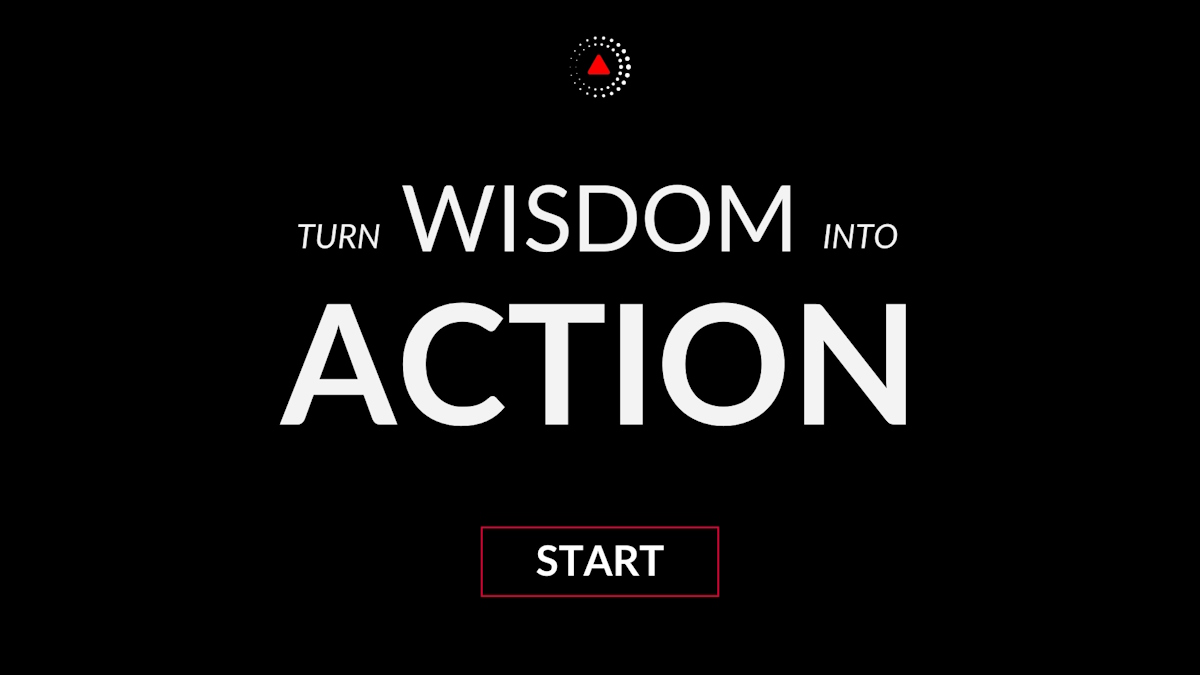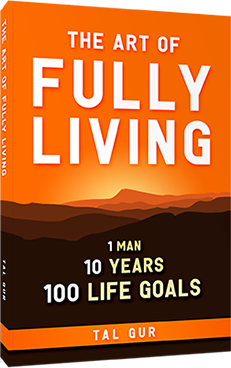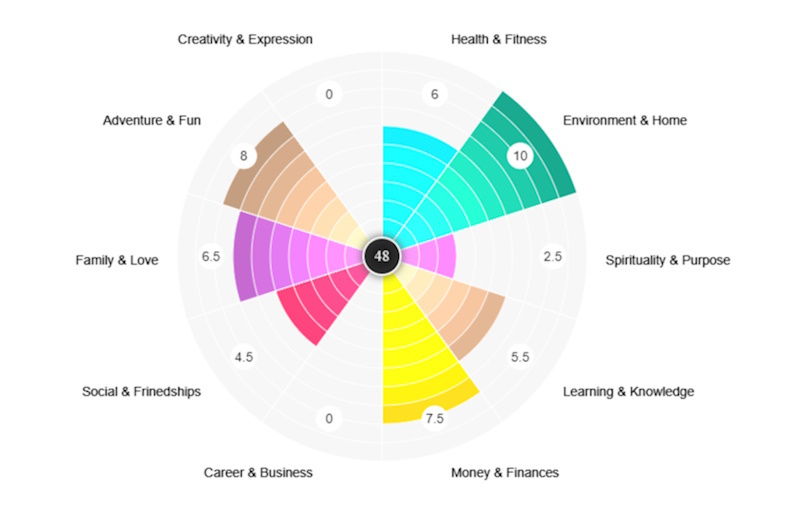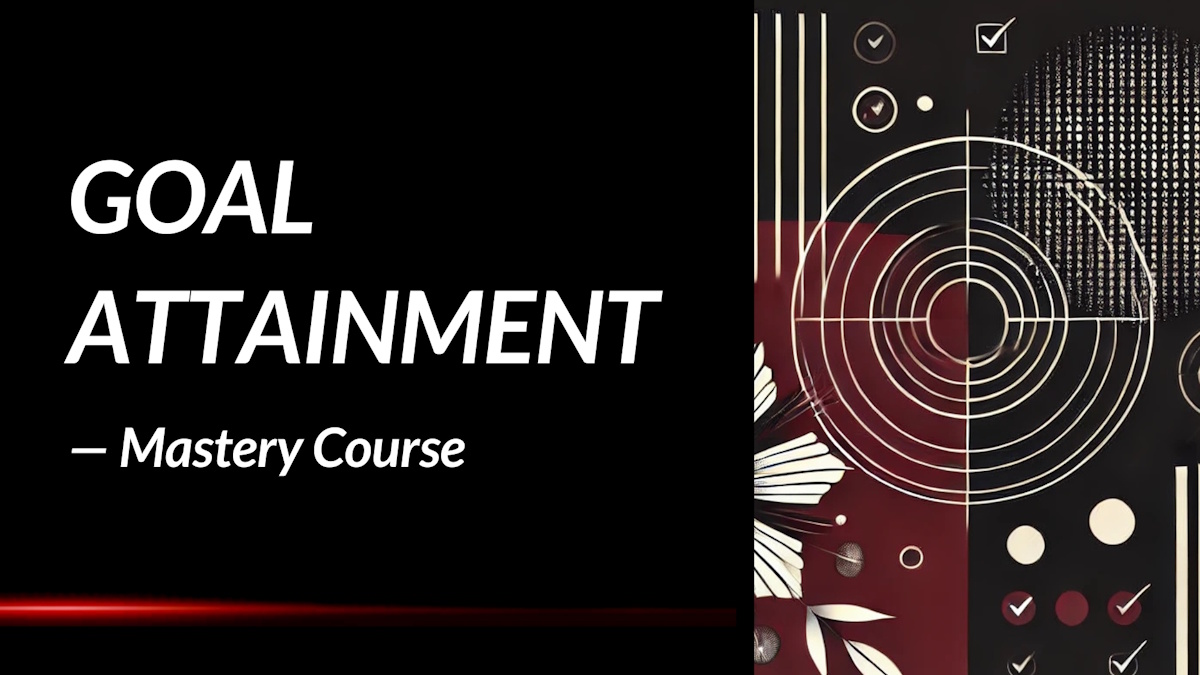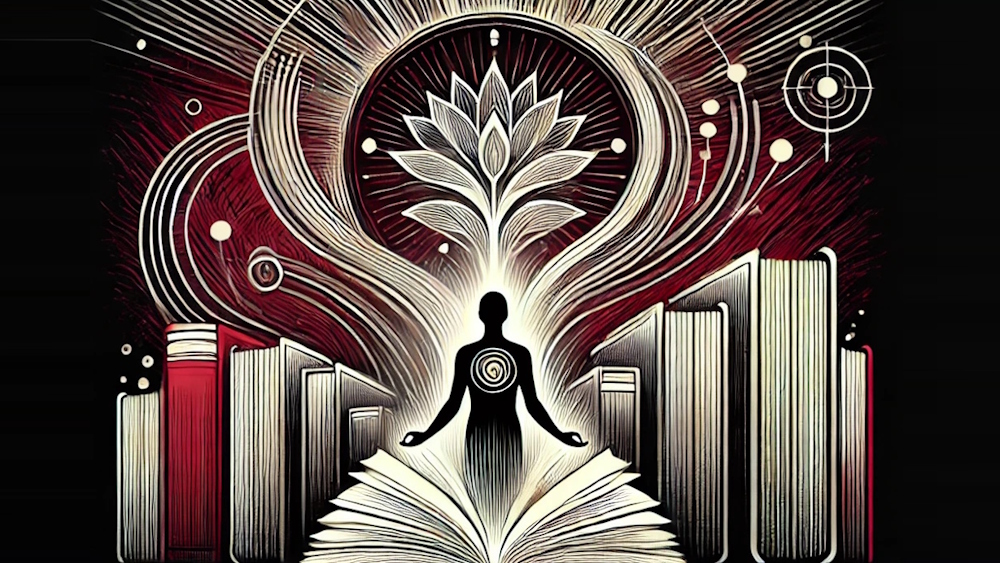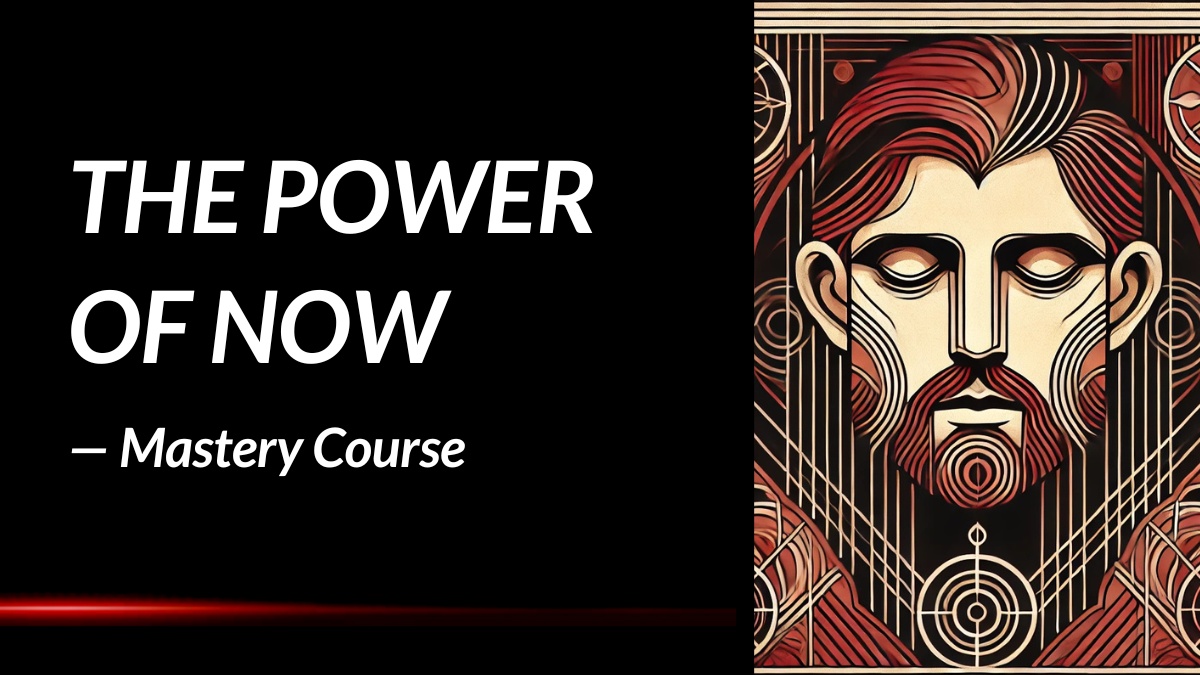We have no hope and yet we live in longing.
What's the meaning of this quote?
Quote Meaning: The quote "We have no hope and yet we live in longing" encapsulates a profound sentiment about the human condition, reflecting a complex interplay between hopelessness and desire. At its core, it suggests a paradoxical state where individuals find themselves devoid of hope, yet persist in yearning for something beyond their current reality.
To delve deeper, consider the notion of hopelessness. It doesn't necessarily imply despair or resignation but rather a recognition of the bleakness or uncertainty of the future. It's a state where optimism fades, and the envisioned outcomes seem improbable or unattainable. In such moments, individuals may confront the harsh realities of life, acknowledging limitations or setbacks that hinder their path forward.
Simultaneously, the phrase "we live in longing" introduces another layer of complexity. Longing denotes a deep, persistent desire for something beyond immediate grasp—a yearning that persists despite the absence of hope. It could be a longing for love, purpose, success, or fulfillment—something that resonates deeply within the individual's aspirations and dreams.
The juxtaposition of hopelessness and longing reveals a poignant tension within human experience. Despite the absence of hope, the human spirit persists in seeking meaning and purpose. This persistence underscores resilience and the capacity to endure adversity, even in the face of daunting odds. It reflects an innate human drive towards aspirations and ideals that transcend present circumstances.
Moreover, the quote suggests a nuanced relationship between hope and desire. While hope typically fuels optimism and forward momentum, its absence doesn’t extinguish the profound human capacity for longing. Longing can persist as a form of emotional fuel, motivating individuals to pursue goals, dreams, and aspirations despite the odds stacked against them.
From a philosophical perspective, the quote invites reflection on existential themes. It prompts consideration of how individuals navigate life’s uncertainties and complexities, grappling with the dichotomy between hope and longing. It acknowledges the inherent contradictions and challenges of the human experience—where feelings of hopelessness can coexist with enduring aspirations and desires.
Ultimately, the quote serves as a poignant reminder of the resilience of the human spirit. It acknowledges the reality of hopelessness without denying the persistent yearning for something greater. It encapsulates a profound truth about the human condition—that even in moments of despair or uncertainty, the flame of longing can burn brightly, guiding individuals towards meaning, purpose, and a deeper understanding of themselves and the world around them.
Who said the quote?
The quote "We have no hope and yet we live in longing." is often attributed to Dante Alighieri (Bio / Quotes). Dante Alighieri was an Italian poet and writer who is best known for his epic poem "The Divine Comedy.
Is there a historical example that illustrates the message of the quote?
One poignant historical example that illustrates the quote "We have no hope and yet we live in longing" can be found in the experiences of soldiers during World War I. The war, often referred to as "The Great War," saw millions of soldiers entrenched in the brutal conditions of trench warfare. For many of these soldiers, the initial hope of a quick victory had long since evaporated. The protracted nature of the conflict, with its relentless battles and staggering casualties, left many soldiers in a state of profound despair and hopelessness.
Yet, despite this overwhelming sense of hopelessness, the soldiers clung to a deep longing for peace, return to normal life, and a reunion with loved ones. This longing was not based on any tangible hope of immediate resolution but rather a powerful, almost instinctual drive to imagine a better future despite the grim reality they faced. This longing often manifested in letters home, dreams of returning to their previous lives, and the enduring camaraderie among soldiers who supported one another through the bleakest times.
The contrast between the absence of hope and the persistence of longing is vividly captured in this historical context. The soldiers' daily existence was marked by an almost existential struggle—an ongoing battle not just against enemy forces but against the crushing weight of despair. Yet, within this struggle, the longing for something better, for an end to their suffering, provided a form of emotional and psychological sustenance. It was a longing that kept them going, even when hope seemed utterly unattainable.
How can the quote be applied in a real-life scenario?
The quote "We have no hope and yet we live in longing" can be applied to various real-life scenarios, particularly in situations where individuals face seemingly insurmountable challenges or personal crises. For example, consider someone going through a prolonged period of unemployment or underemployment. In such a situation, an individual might feel a profound sense of hopelessness due to the lack of immediate prospects for improvement, the rejection letters, or the ongoing struggle to make ends meet.
Despite this deep sense of hopelessness, the individual may continue to long for a better future. This longing could manifest in various ways: applying for jobs with renewed determination, taking on side projects or freelance work to improve skills, or maintaining hope that circumstances will change. Even when hope seems distant or unfounded, the longing for stability, success, and fulfillment drives the person to keep striving.
This dynamic illustrates how the human spirit can persist even when hope seems absent. The longing for something better can provide motivation and resilience, enabling individuals to continue their efforts and navigate through difficult periods. It highlights a fundamental aspect of the human condition—our capacity to maintain a vision of a better future, even when immediate hope seems out of reach. This longing, while not necessarily a direct guarantee of success, can be a crucial factor in sustaining effort and perseverance.
Chief Editor
 Tal Gur is an author, founder, and impact-driven entrepreneur at heart. After trading his daily grind for a life of his own daring design, he spent a decade pursuing 100 major life goals around the globe. His journey and most recent book, The Art of Fully Living, has led him to found Elevate Society.
Tal Gur is an author, founder, and impact-driven entrepreneur at heart. After trading his daily grind for a life of his own daring design, he spent a decade pursuing 100 major life goals around the globe. His journey and most recent book, The Art of Fully Living, has led him to found Elevate Society.




